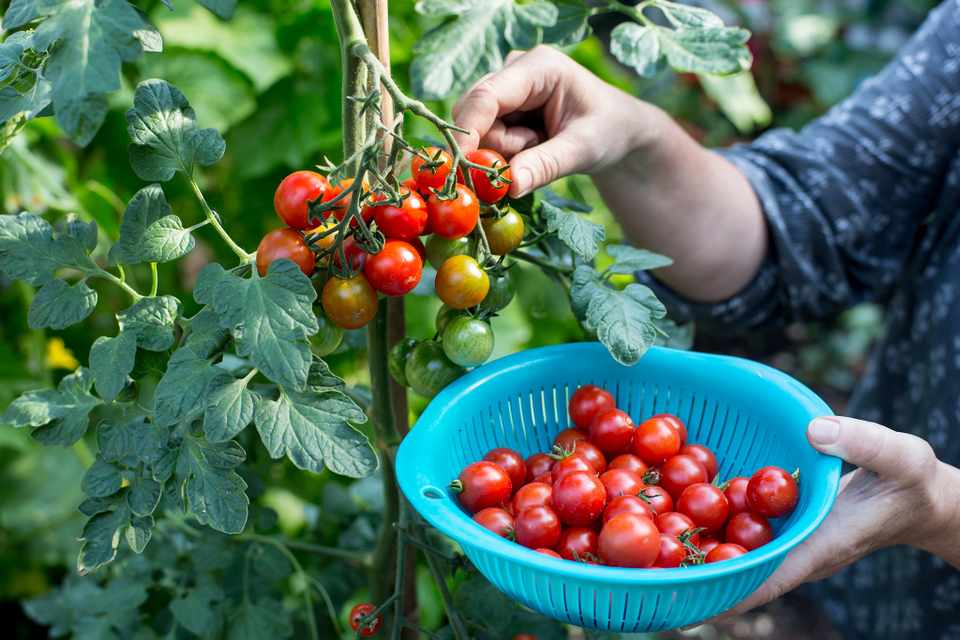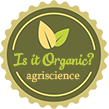
Fall is the most auspicious harvest time every year. Whether it is on a small farm or your backyard garden, many have prepared their hoes and shovels to bring forth the fruits and produce before winter sets in.
Making Post-Harvest Compost
The remains of your cucumbers, lettuce, peas, and beans can be pulled off and thrown into the compost pile. In case you find composting something of a challenge or is not your type of activity for gardening, you can head off to any composting facility in your area.
They will, in turn, process it as compost alongside all other biodegradable garbage which will be used for city or town gardening or sold at garden shops.
Saving the Flower Seeds
If you are collecting seeds from flowers, it is best to have the seed heads on the stems dry out first before picking them up. This is a delicate process which requires your patience and dexterity to gain the best quality seeds from the flowers.
Store them in a lid without the cover. Let it air dry for a while until it is completely dry for storage. Seeds last for three years when stored properly. The best thing to do with them is to keep them dry and cool and not expose them to humid temperatures.
Storing Harvest from Frost
As fall approaches, the risk increases. Light frost is within 0 to -2 degrees Celsius and a hard frost is -3 degrees Celsius and beyond. During light frost, you can store or protect your plants using frost sheets. However, a hard frost would do more damage and is the best time to bring your plants indoors or shelter them in some way.
